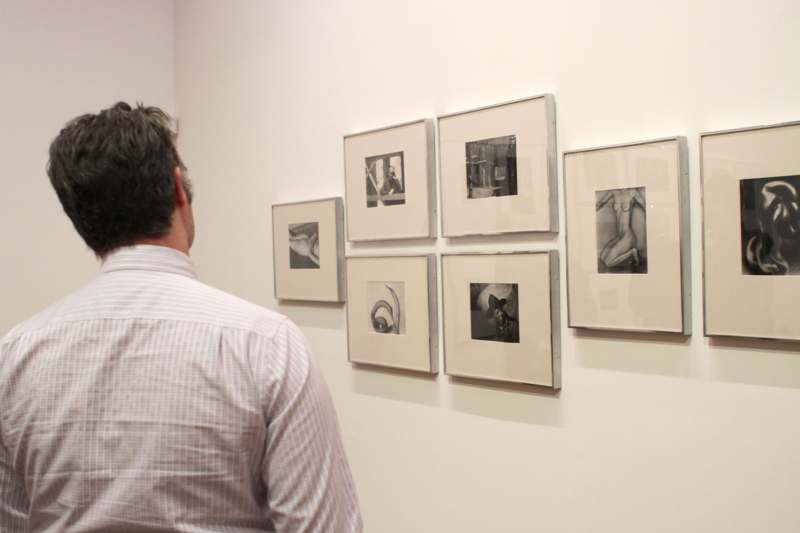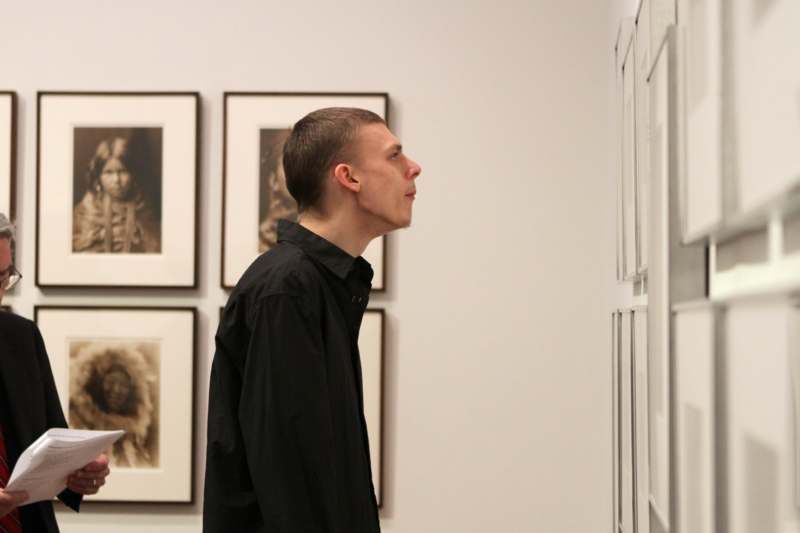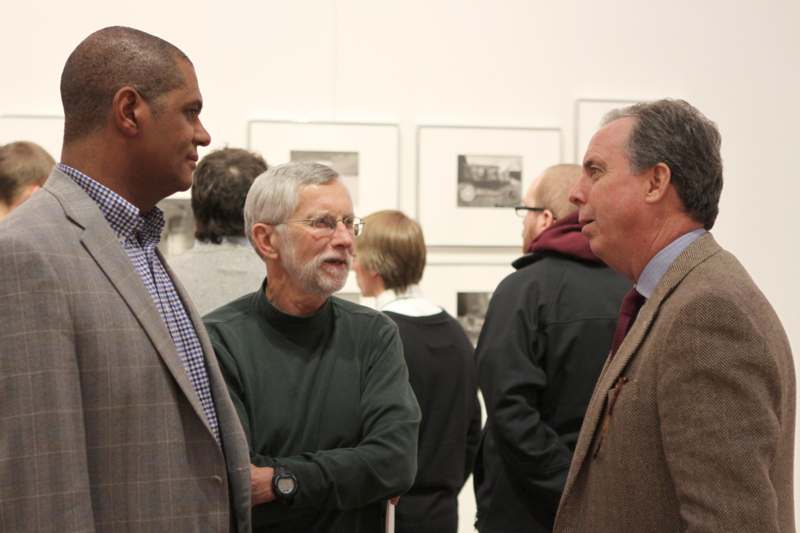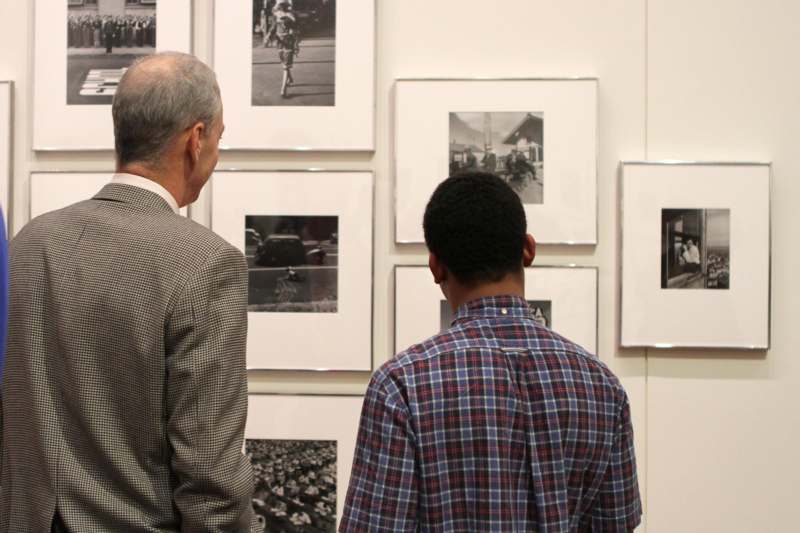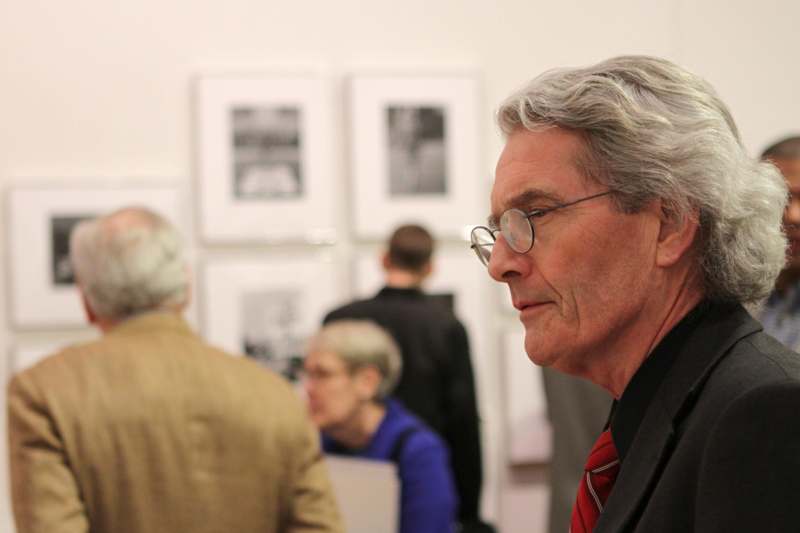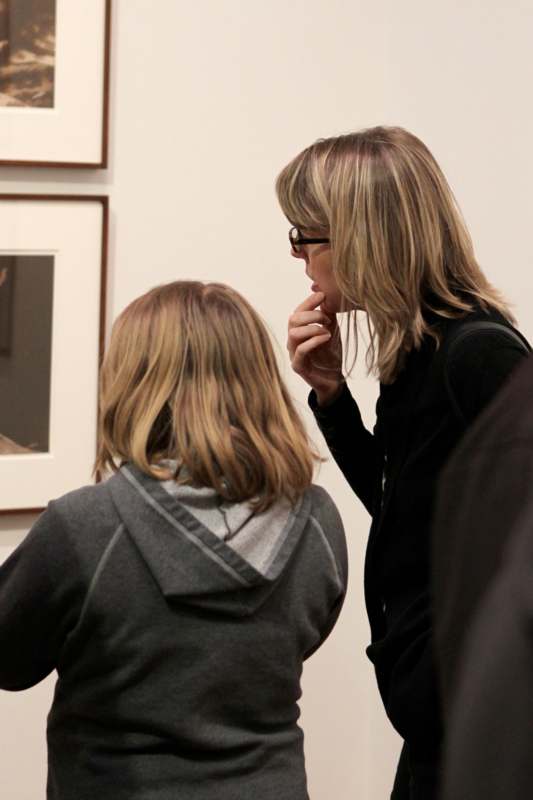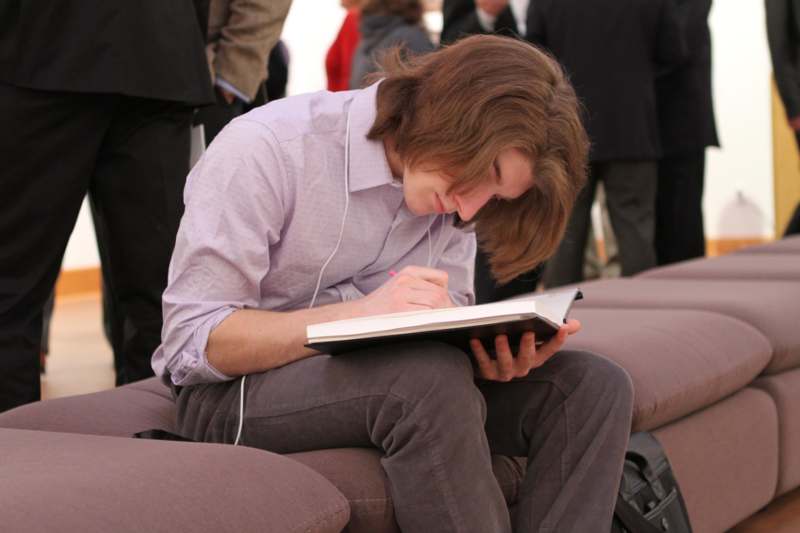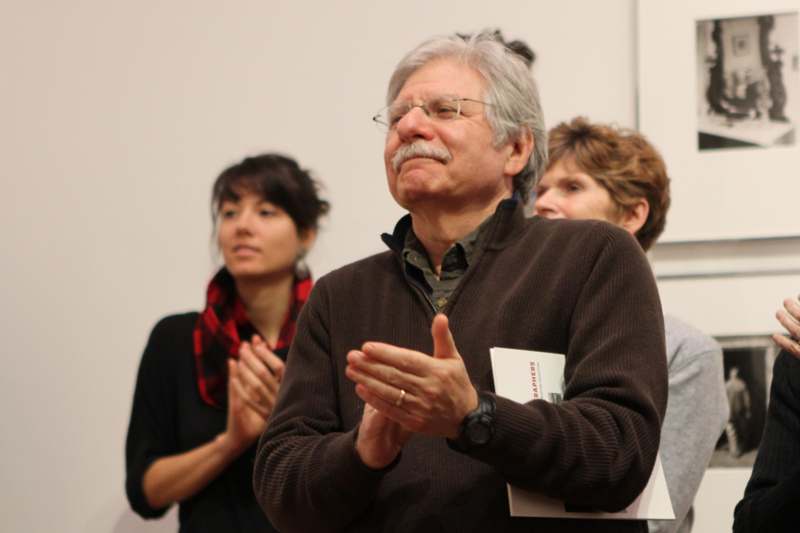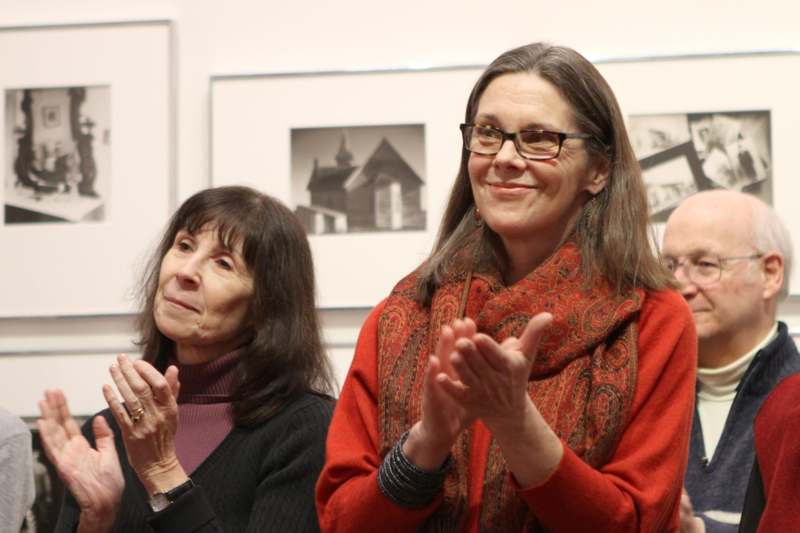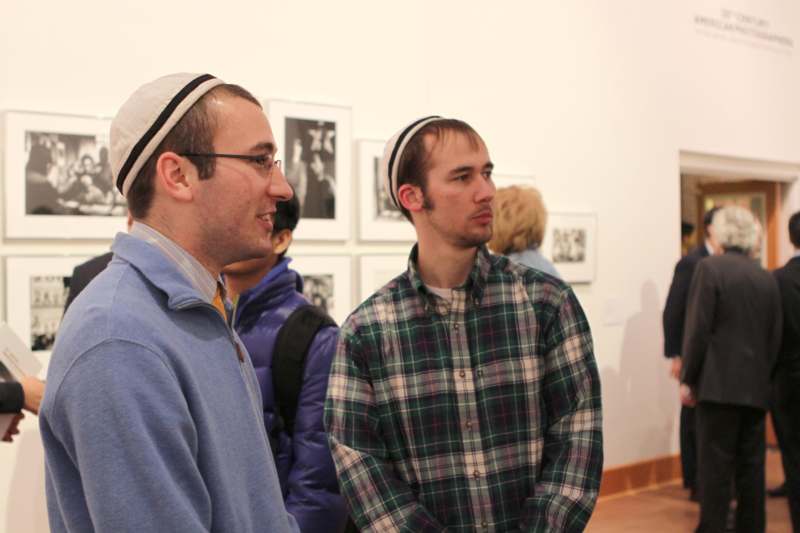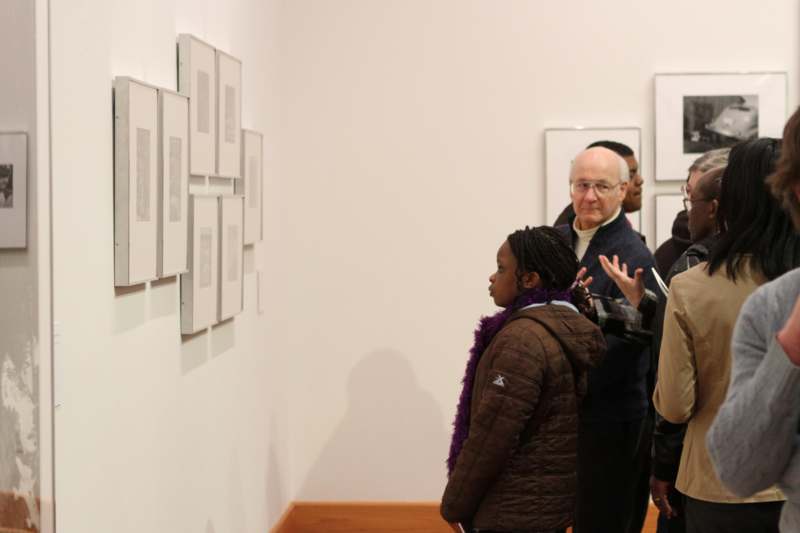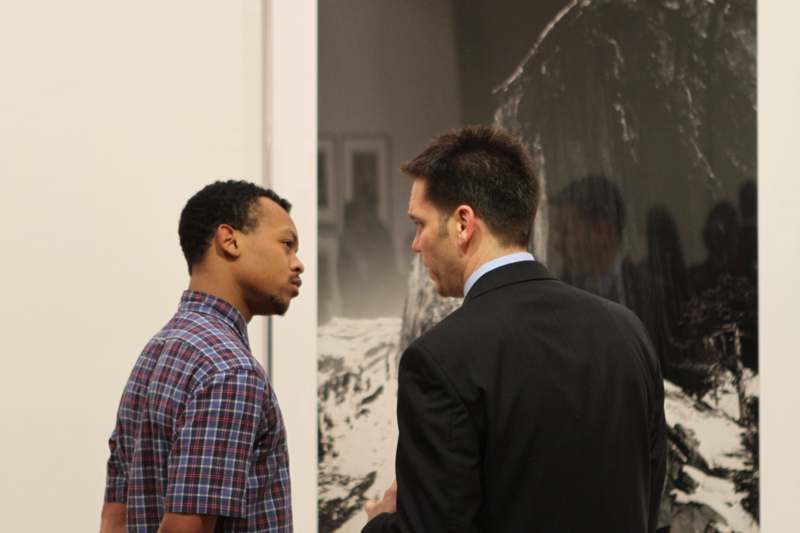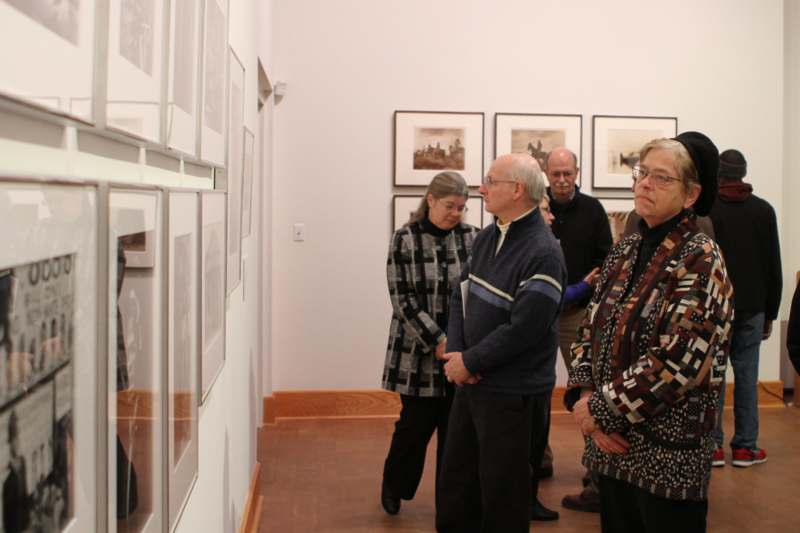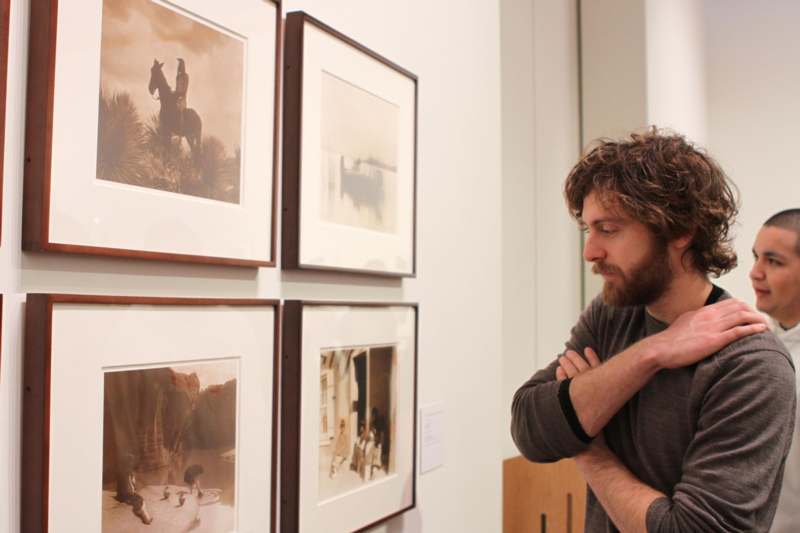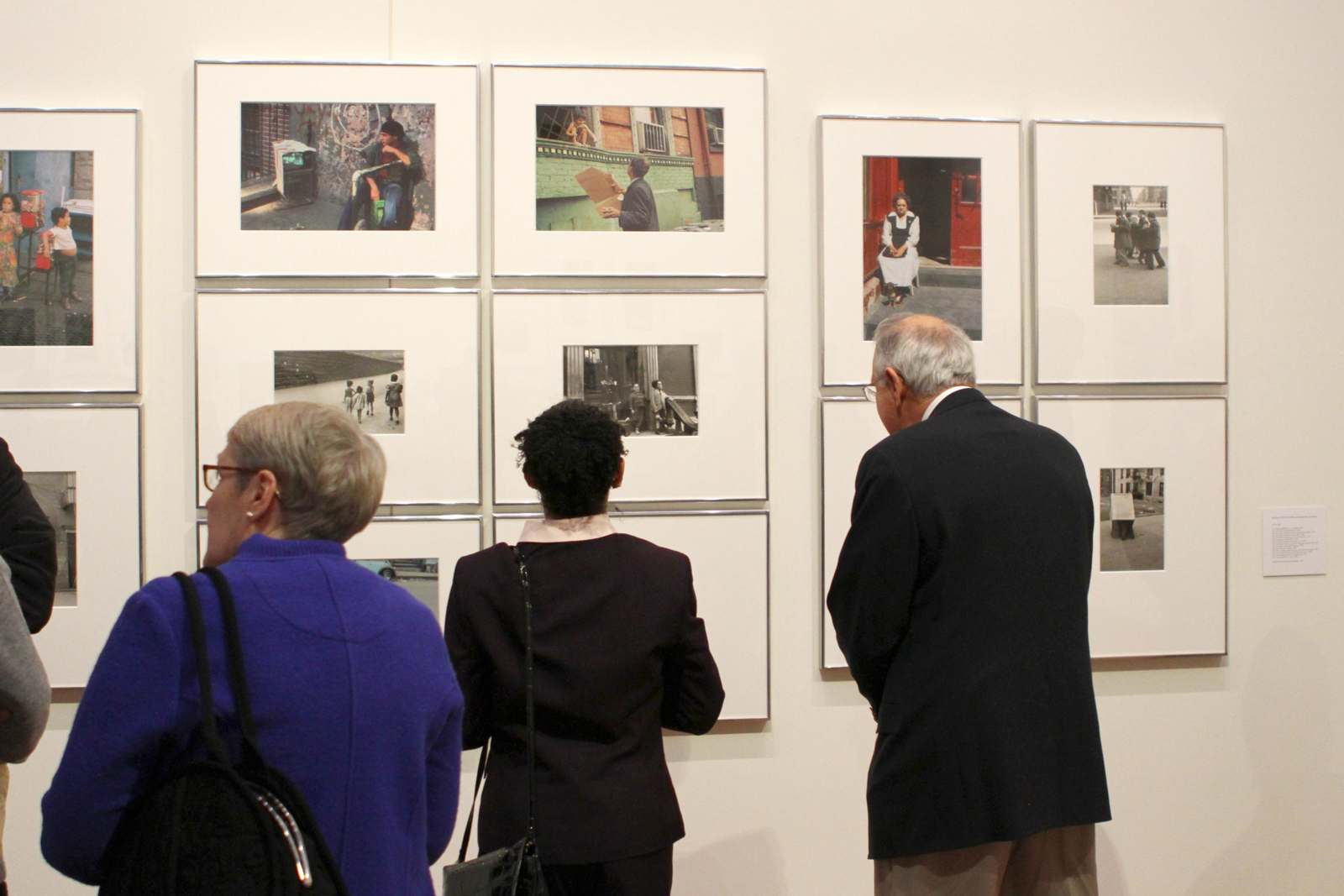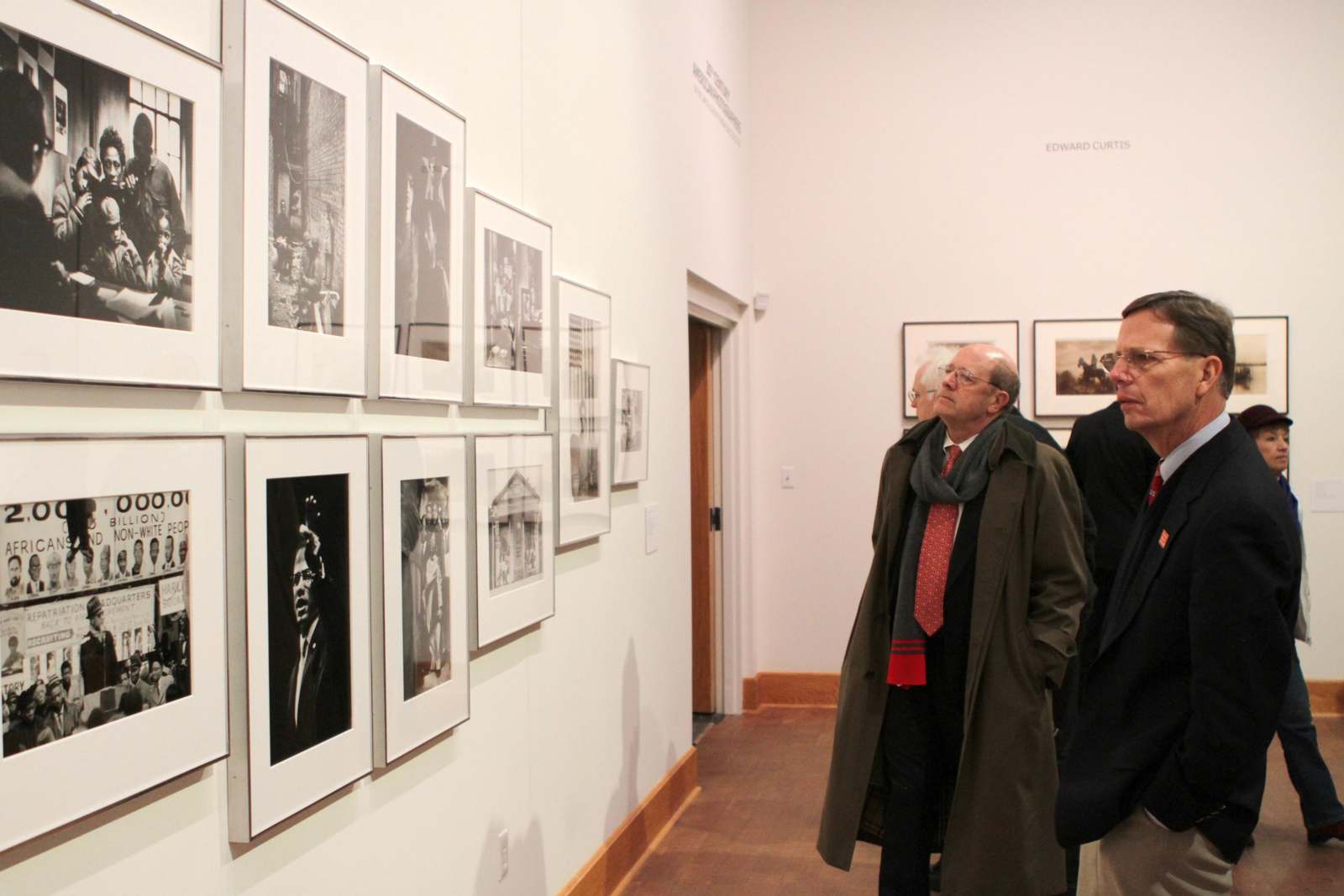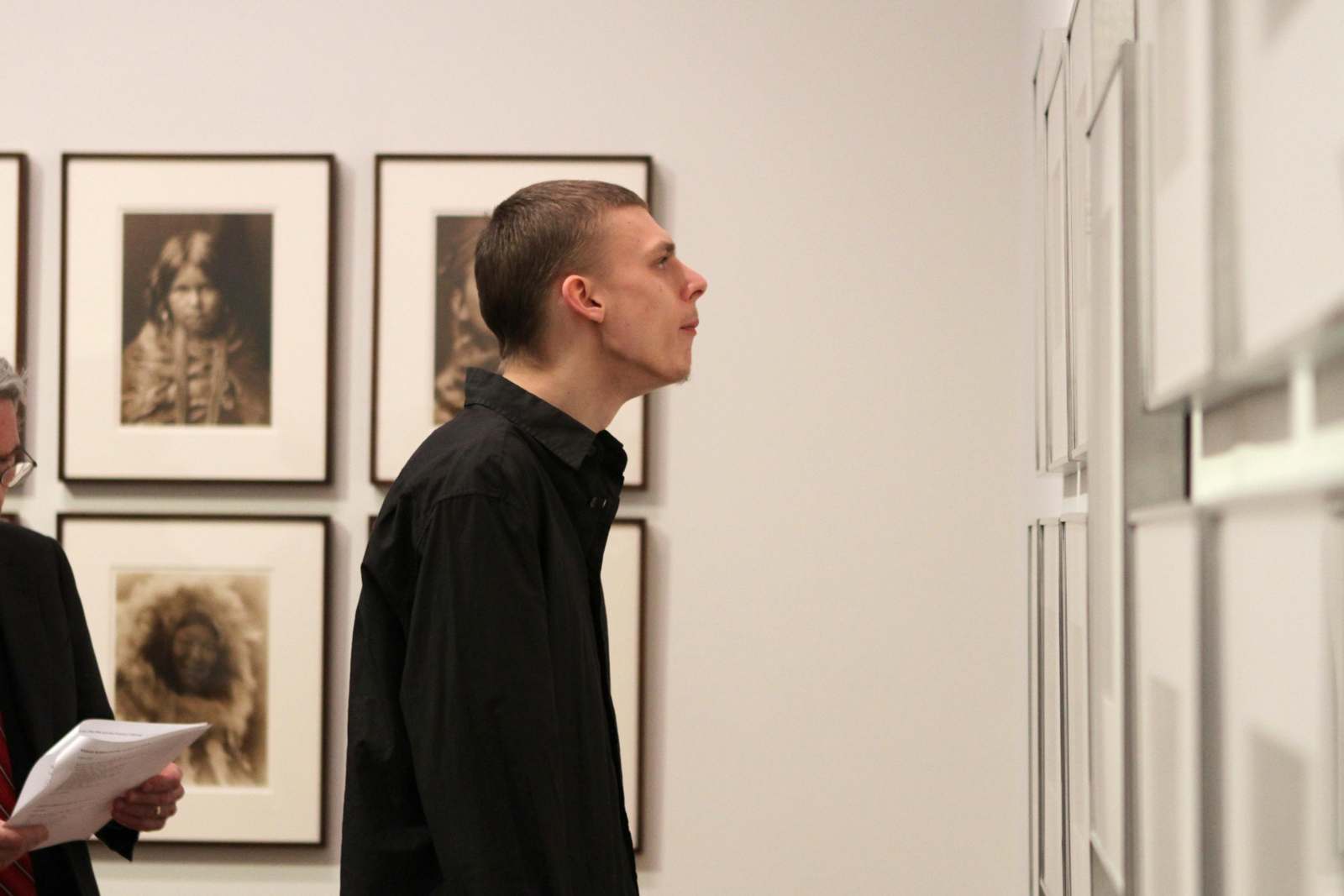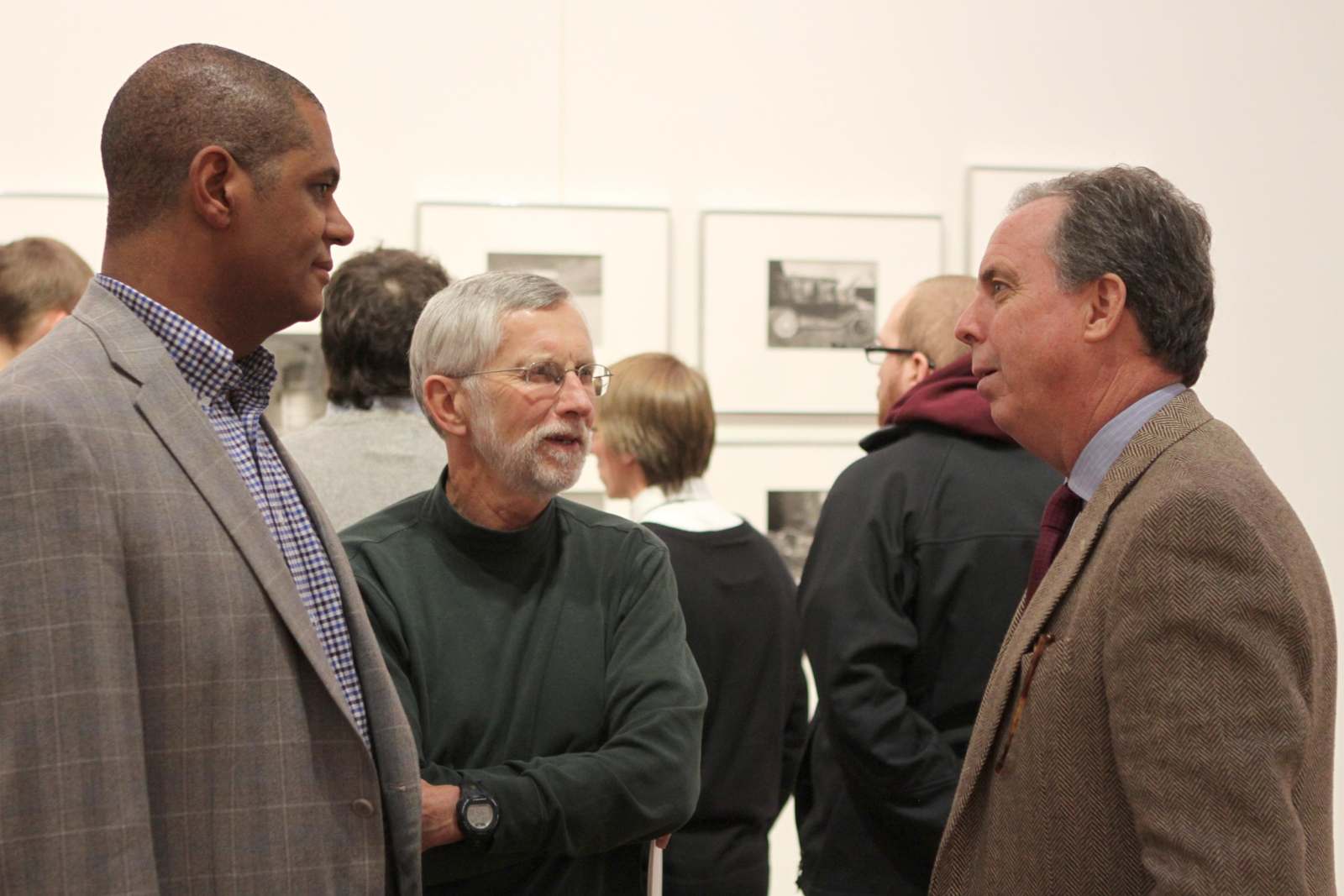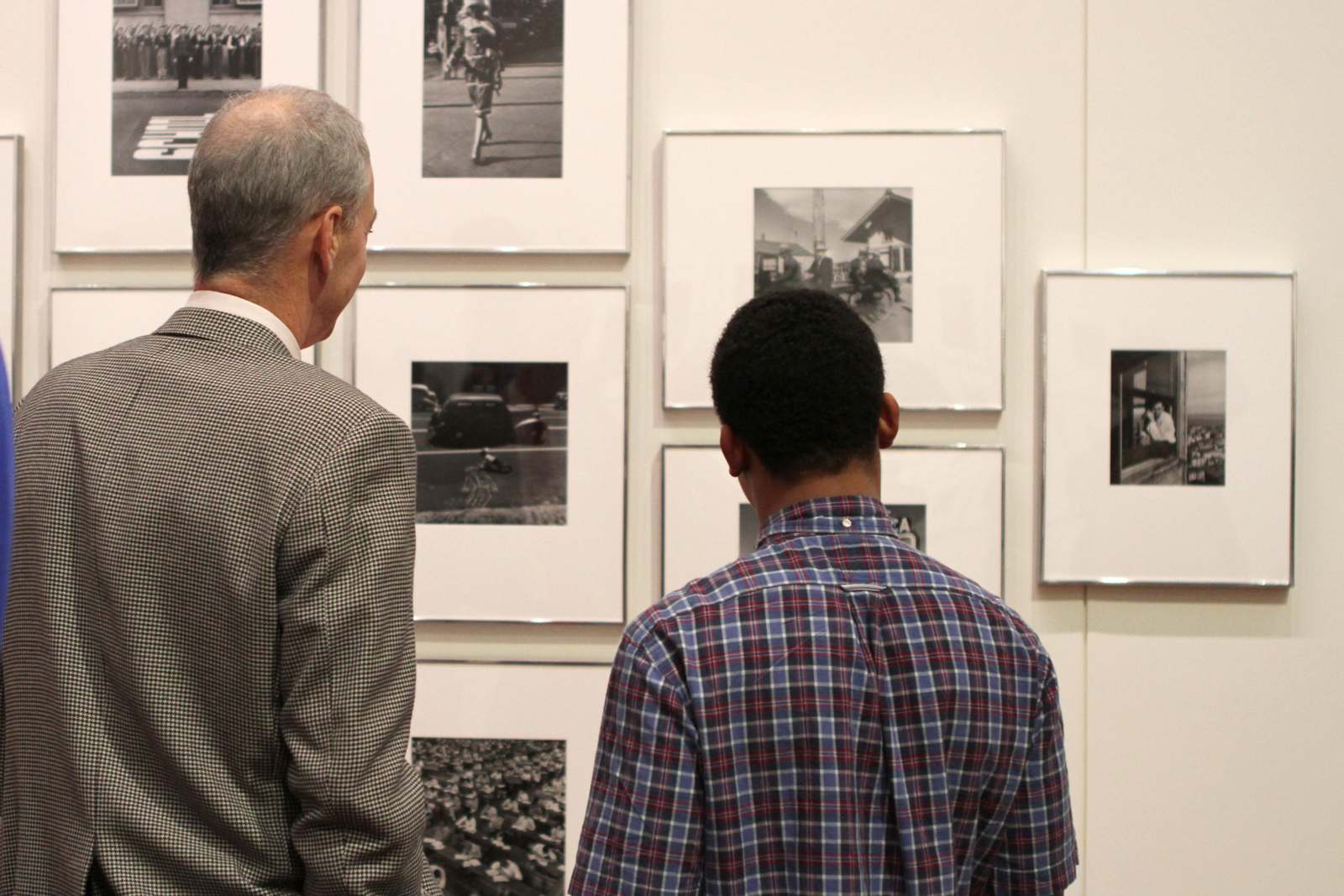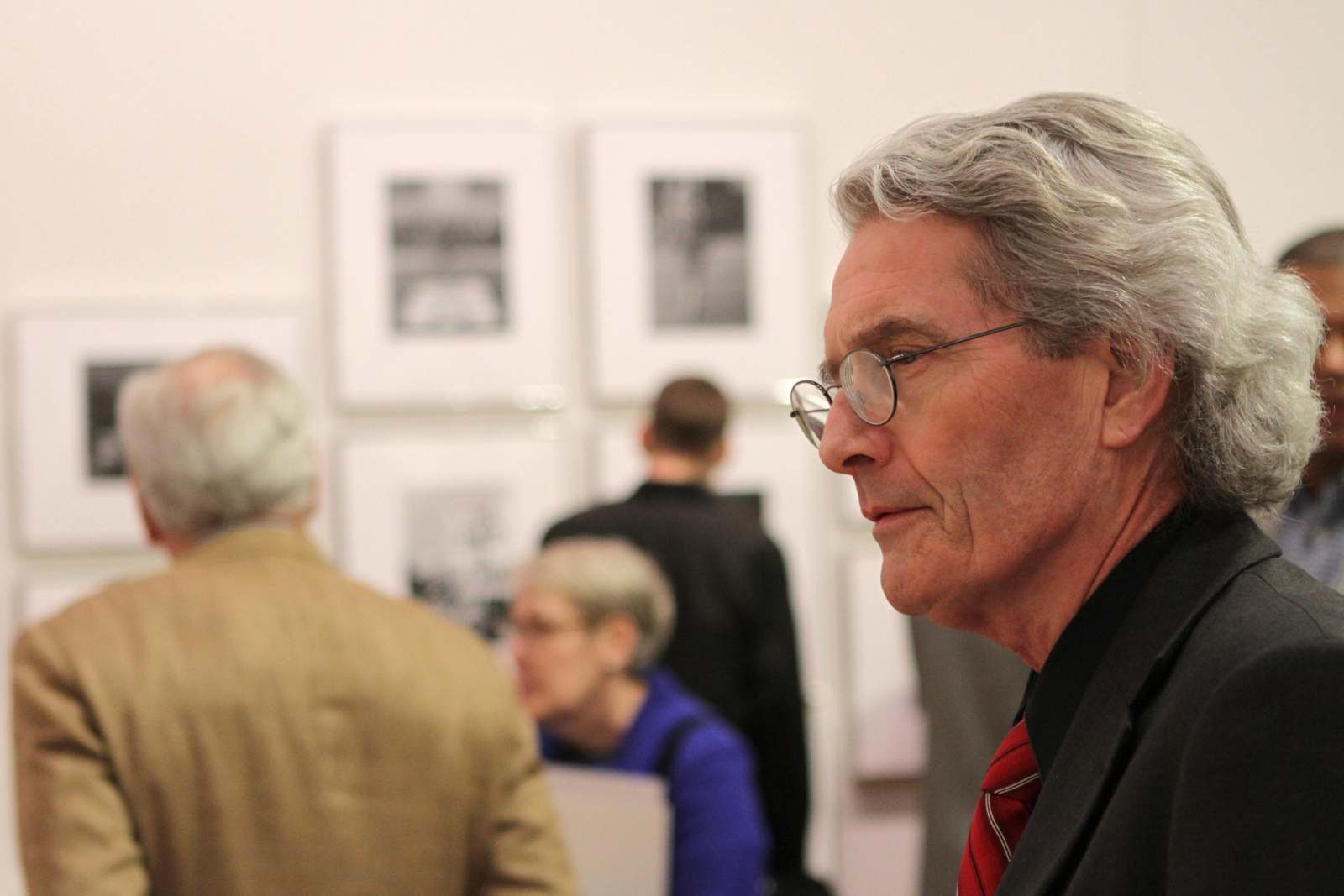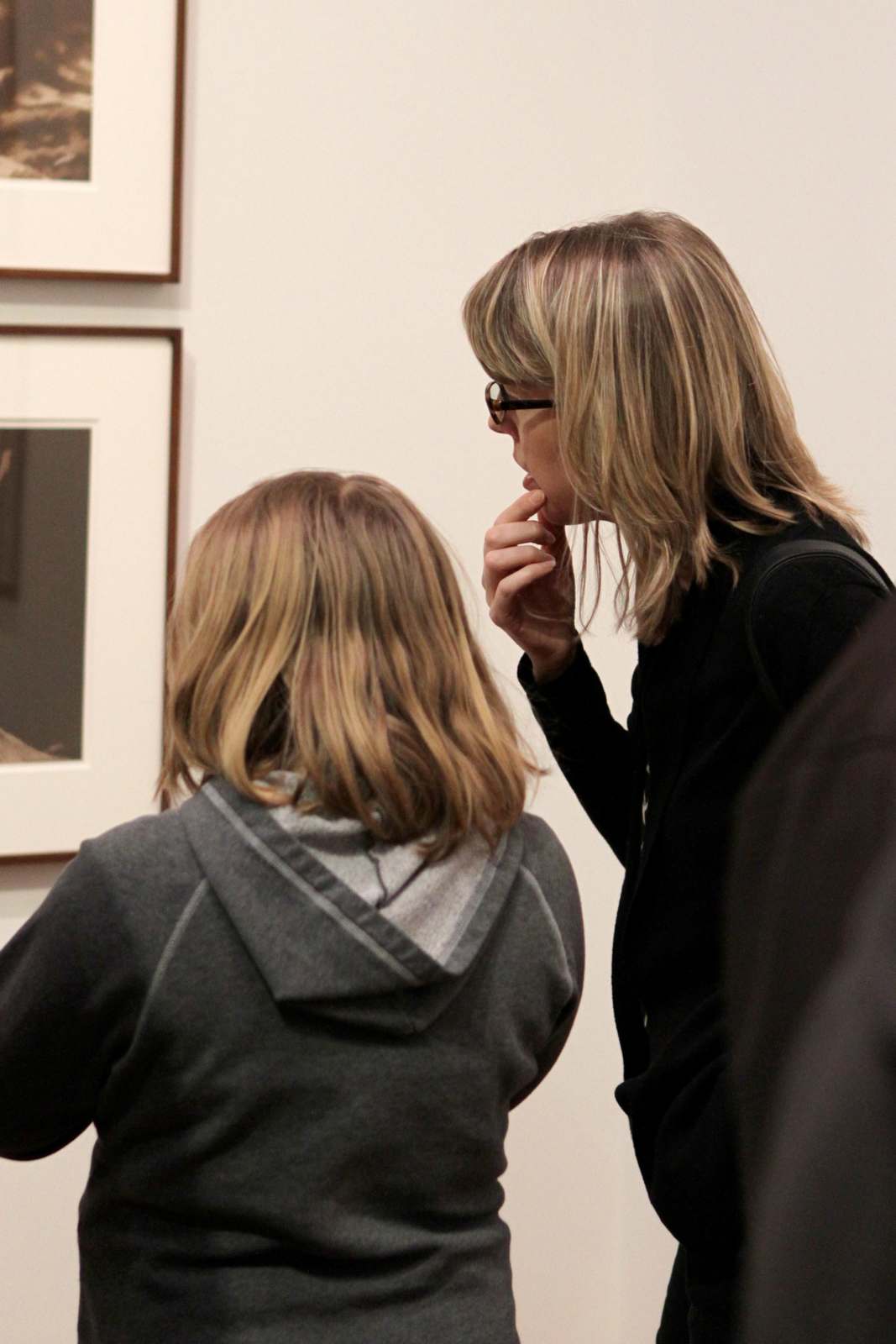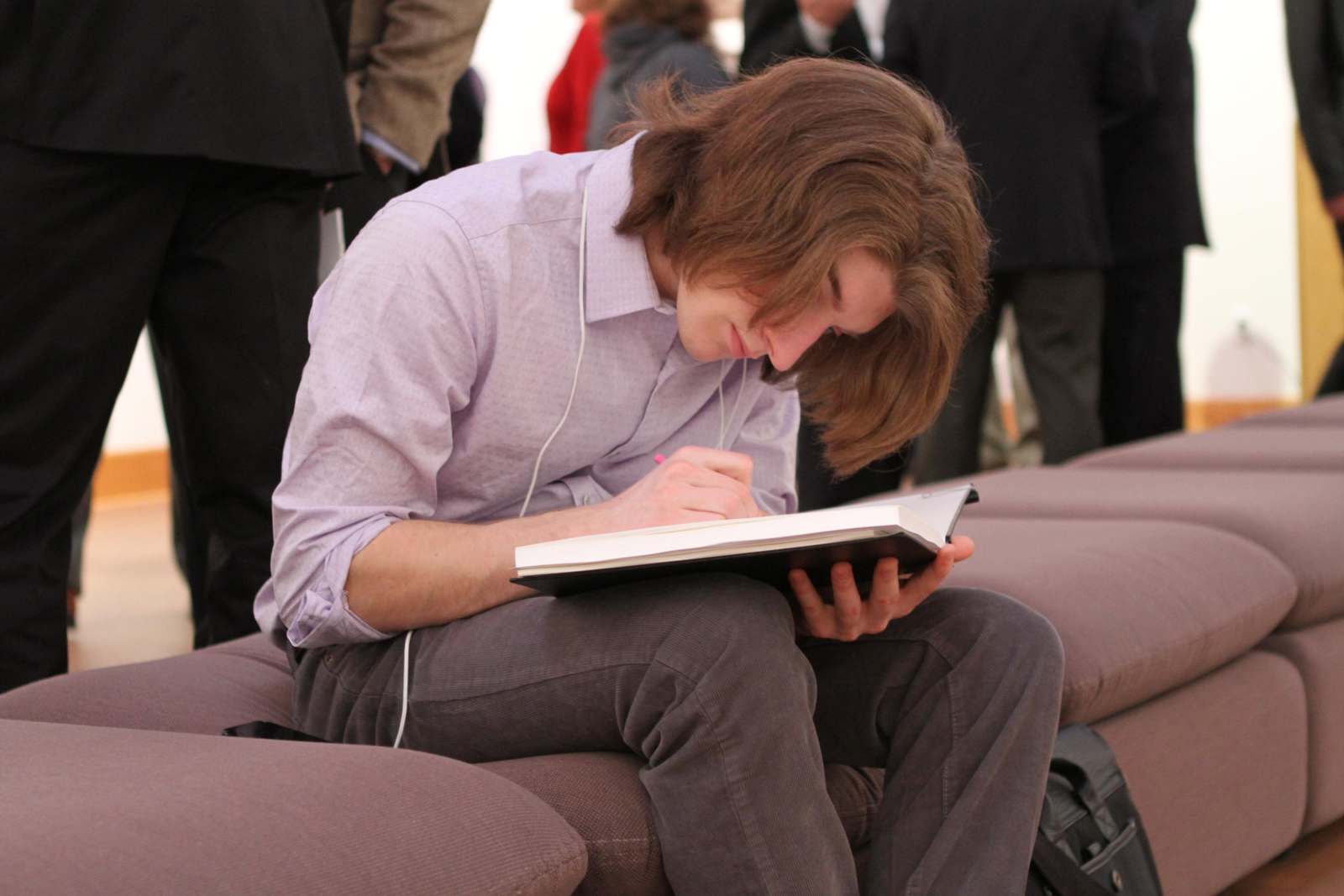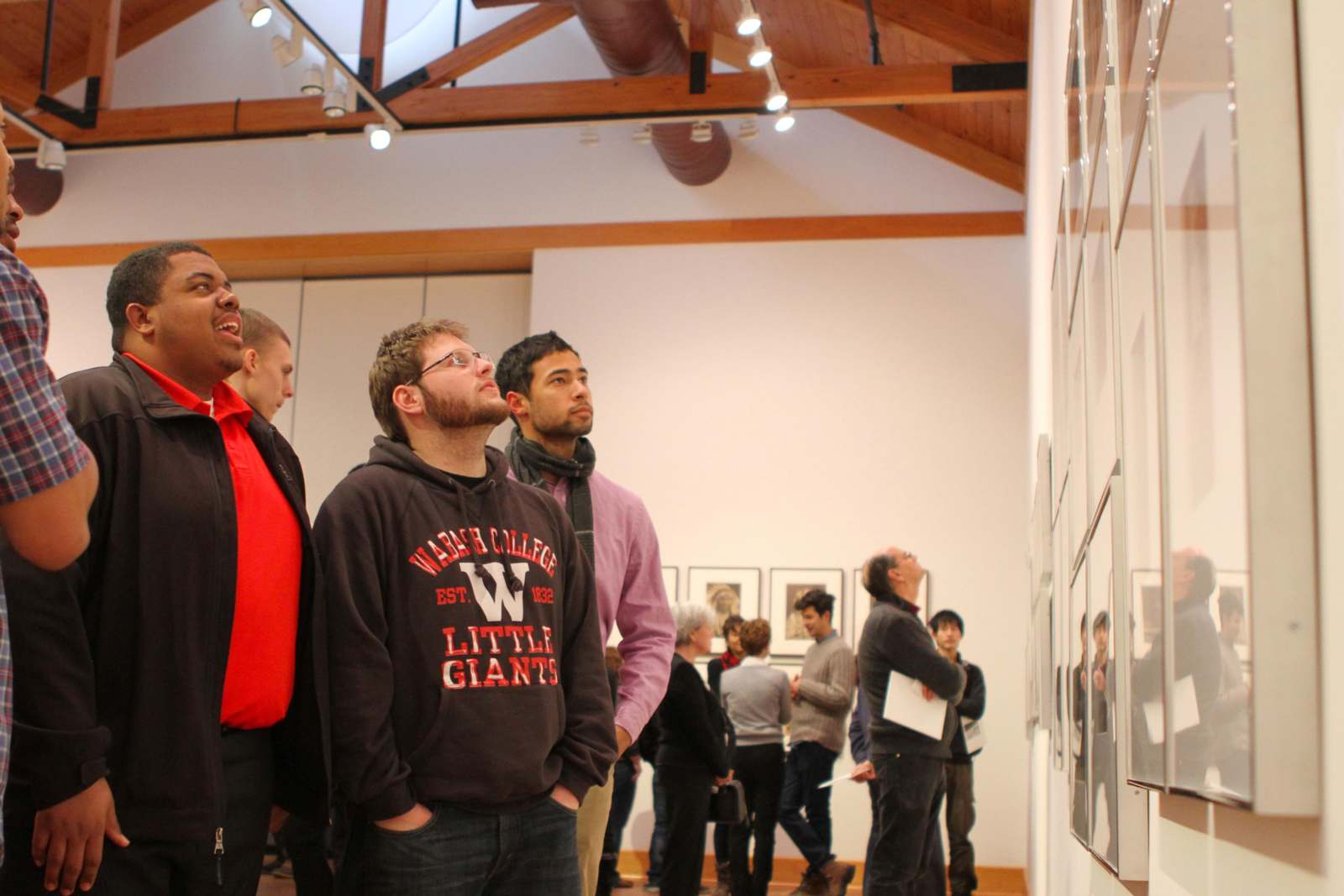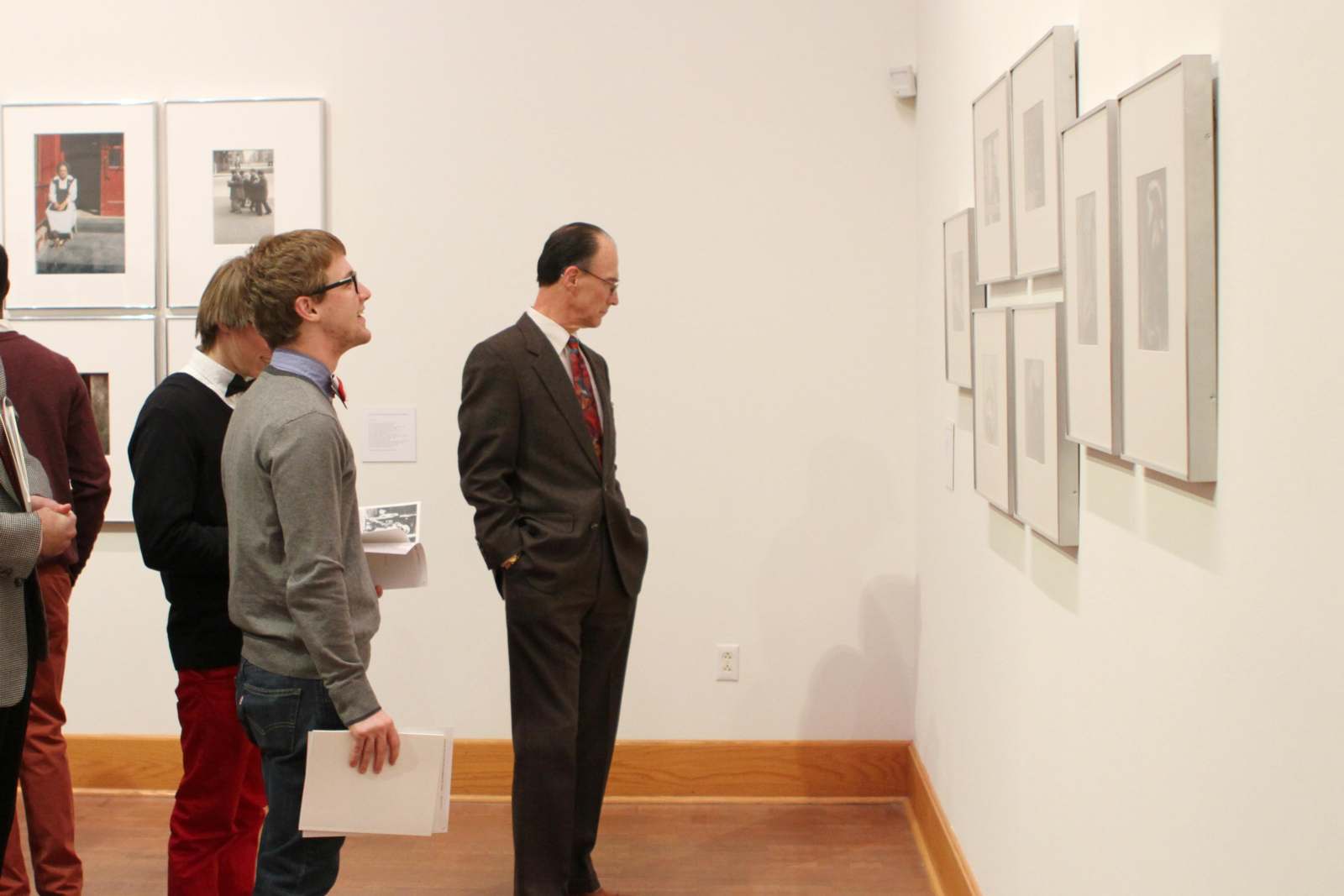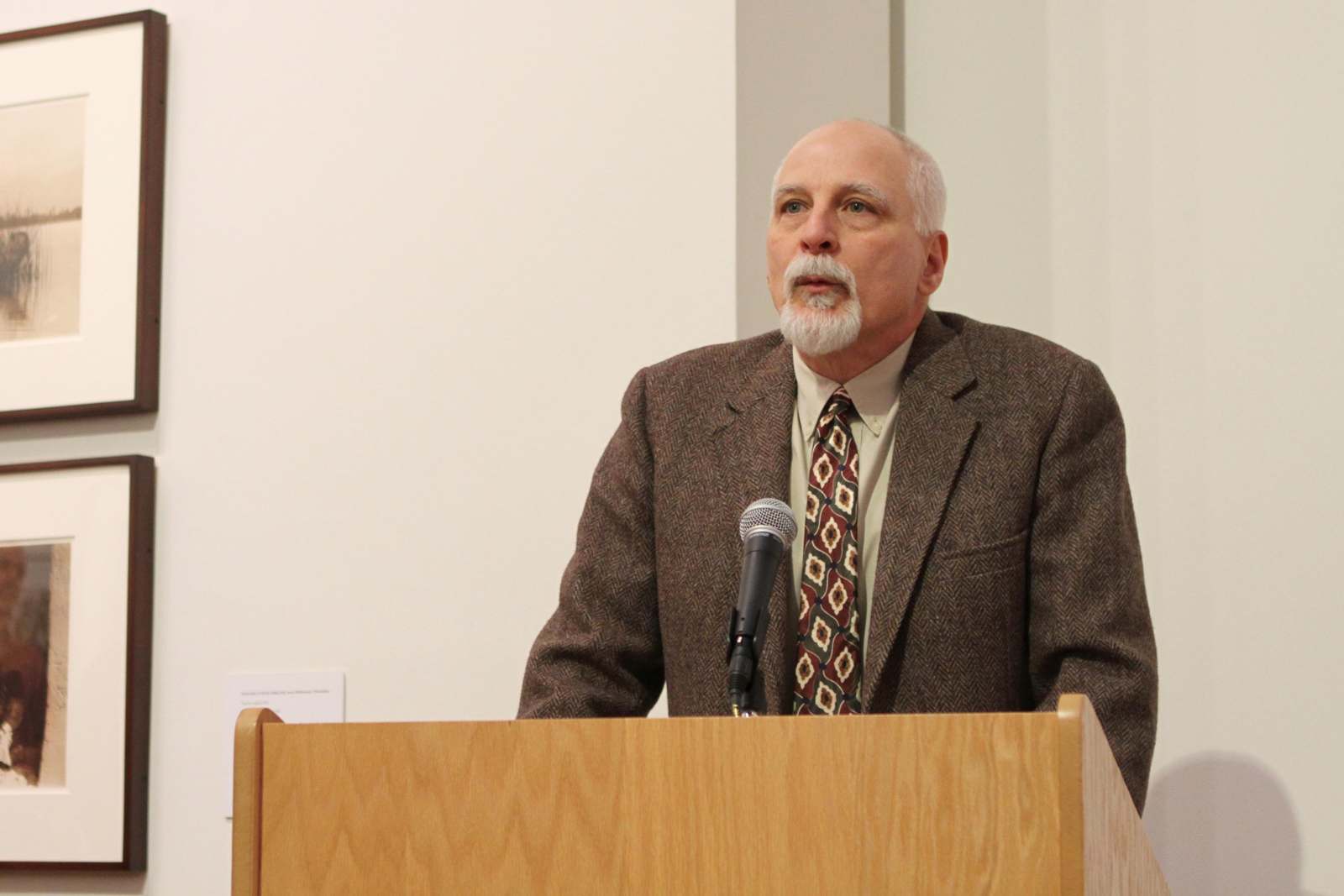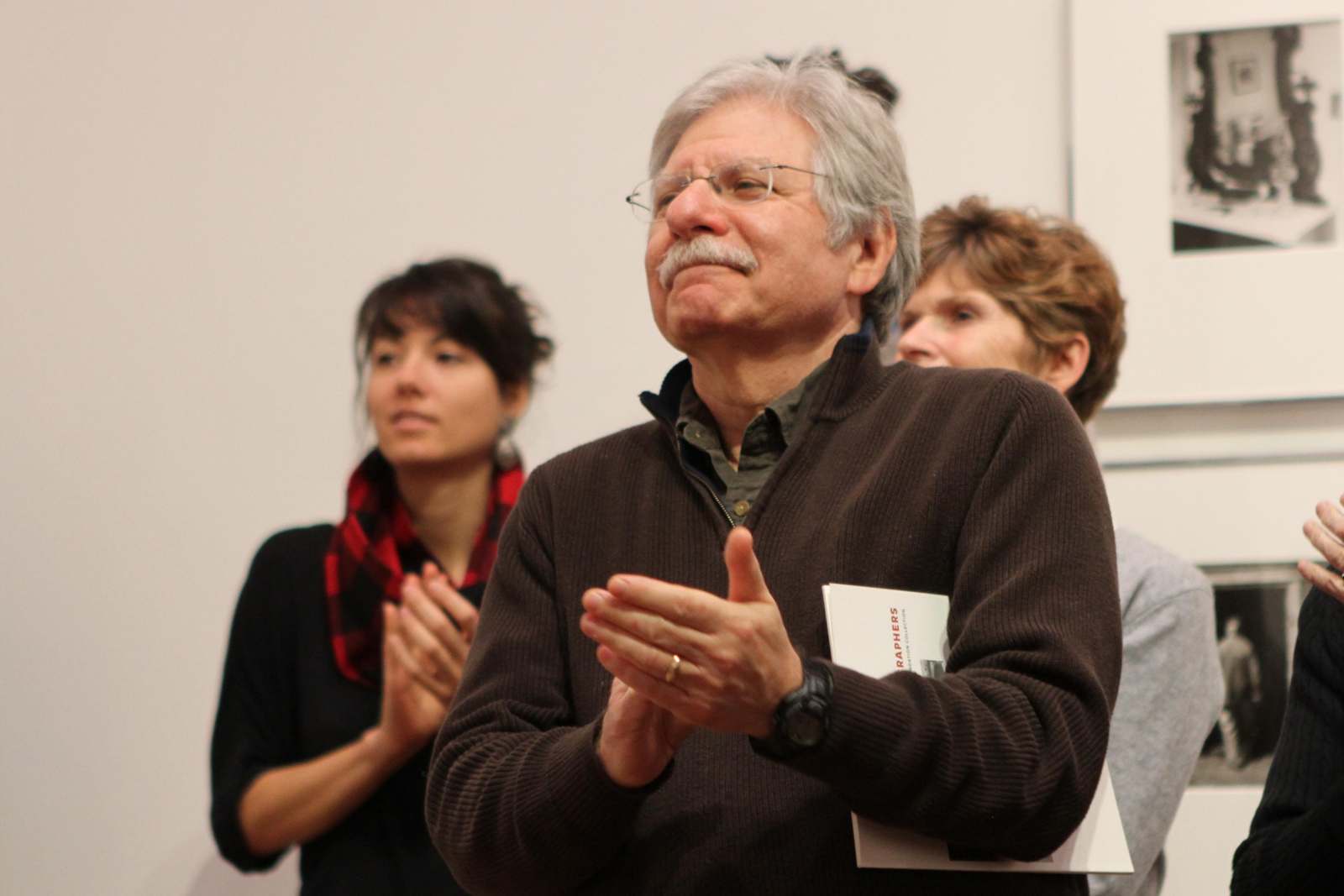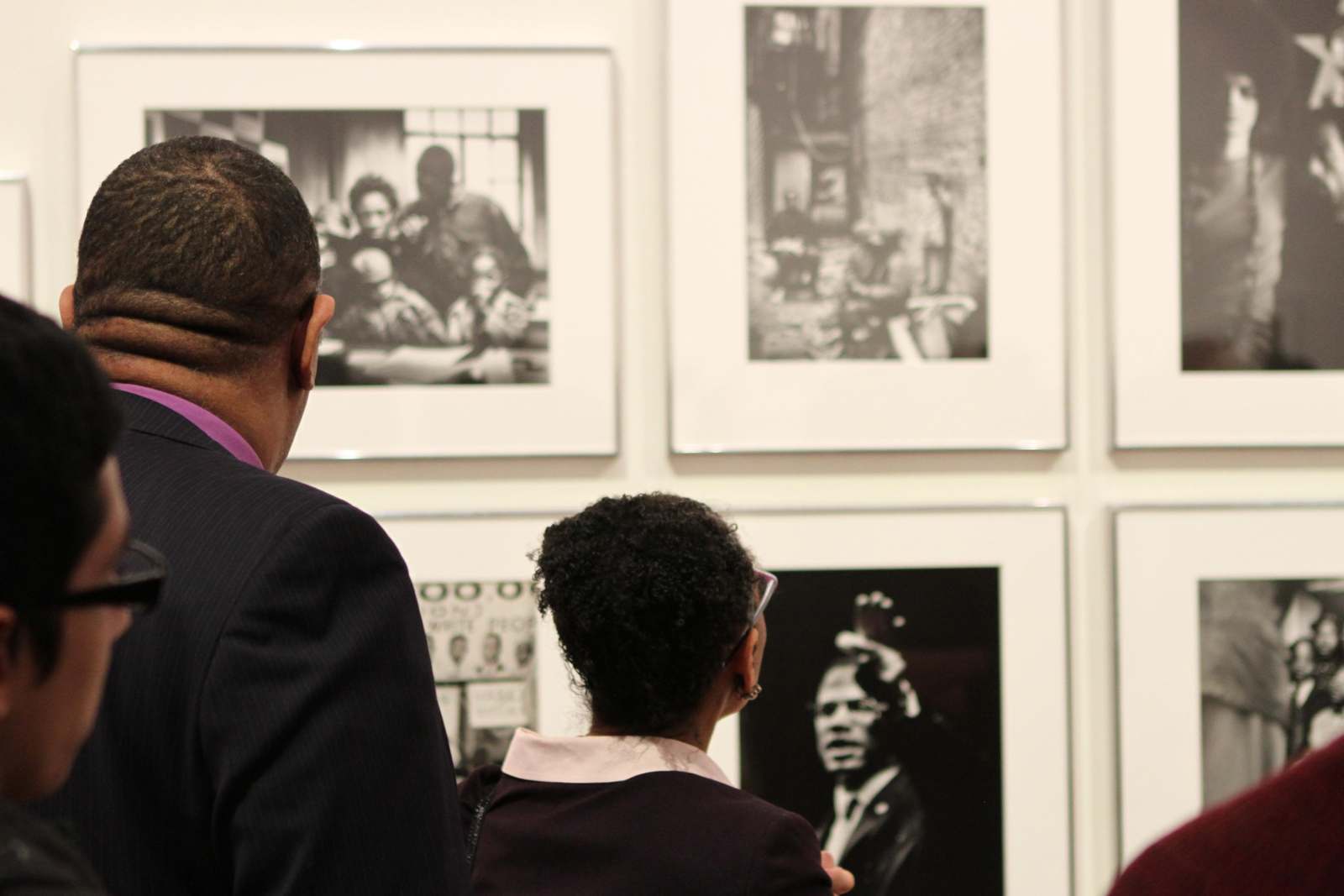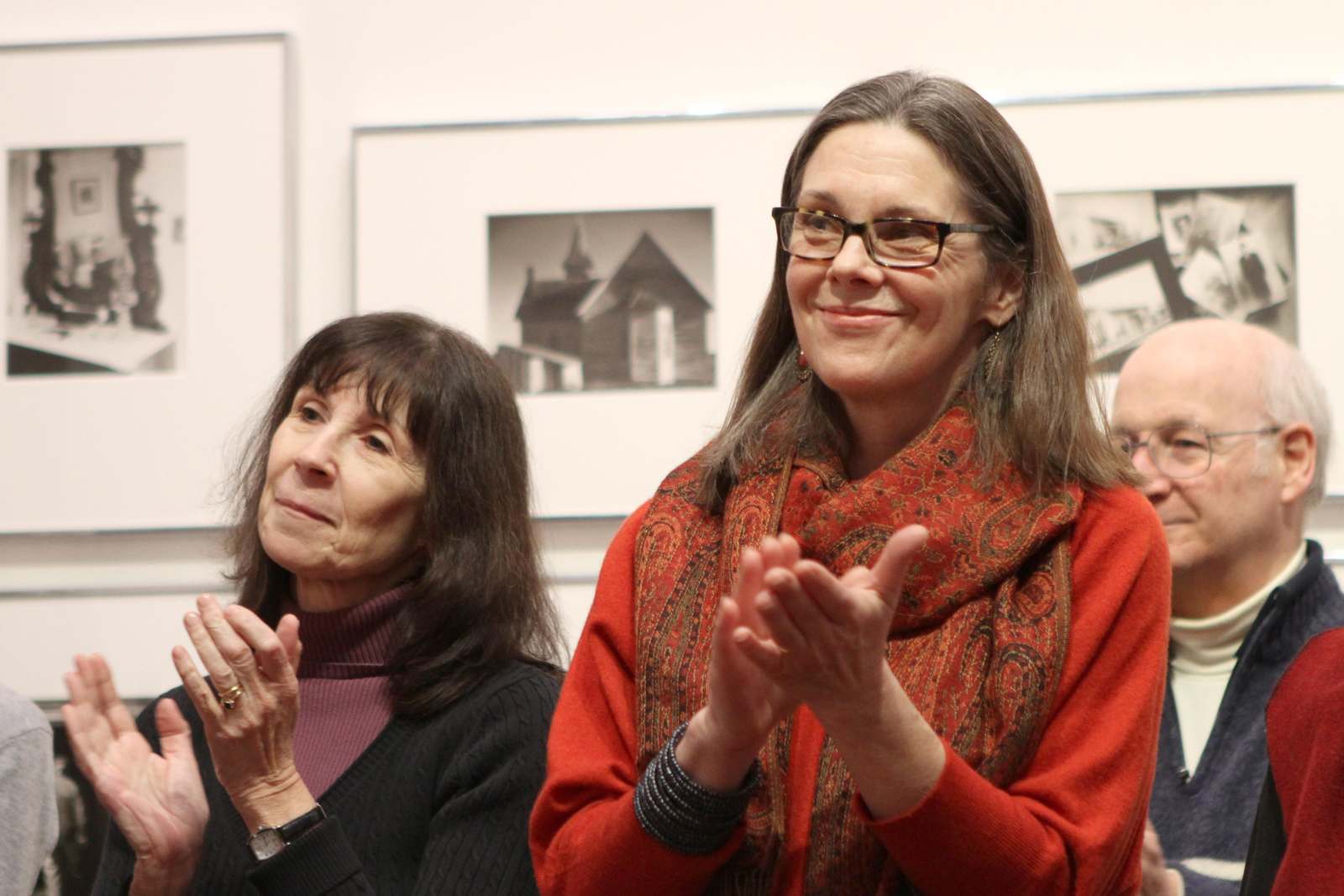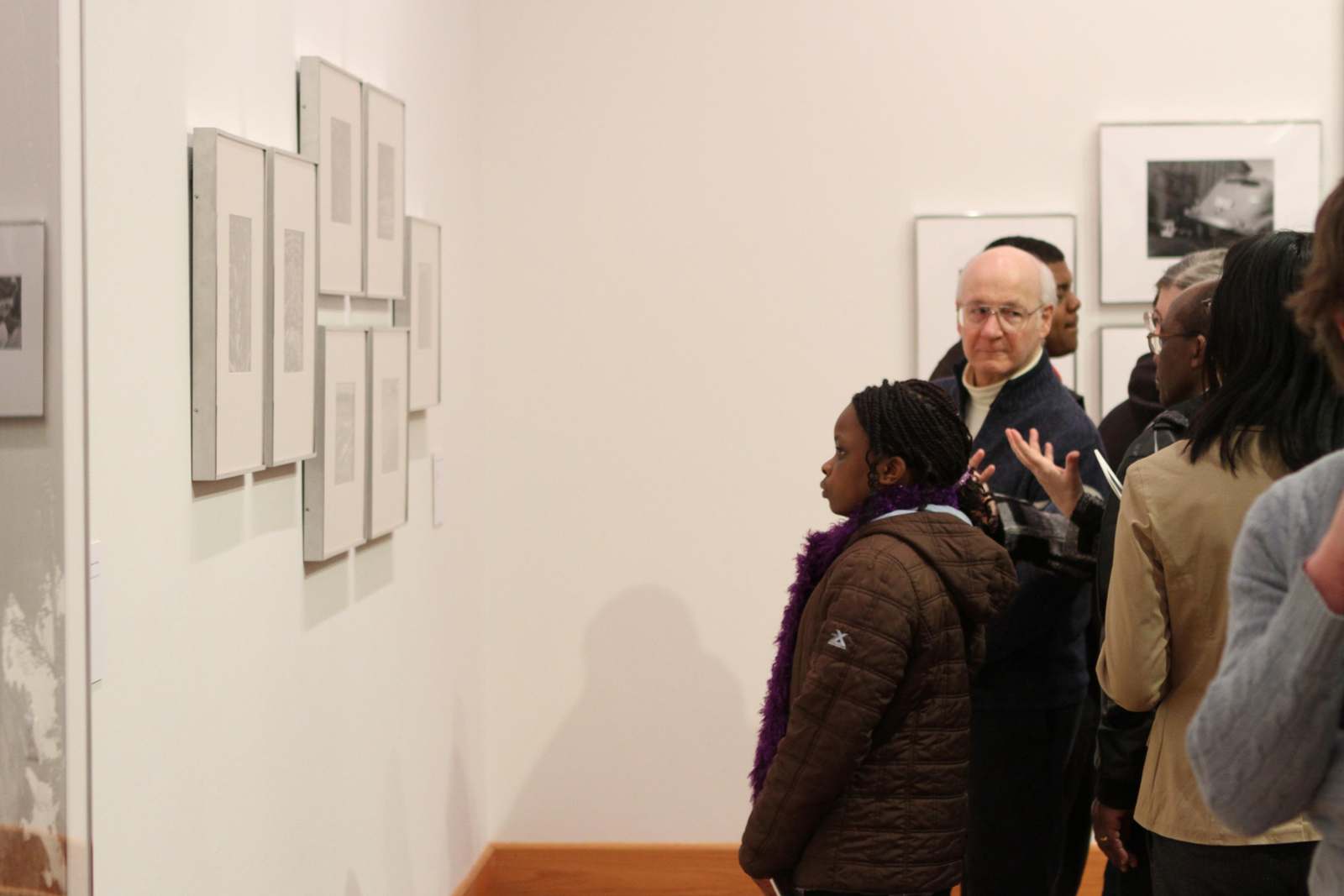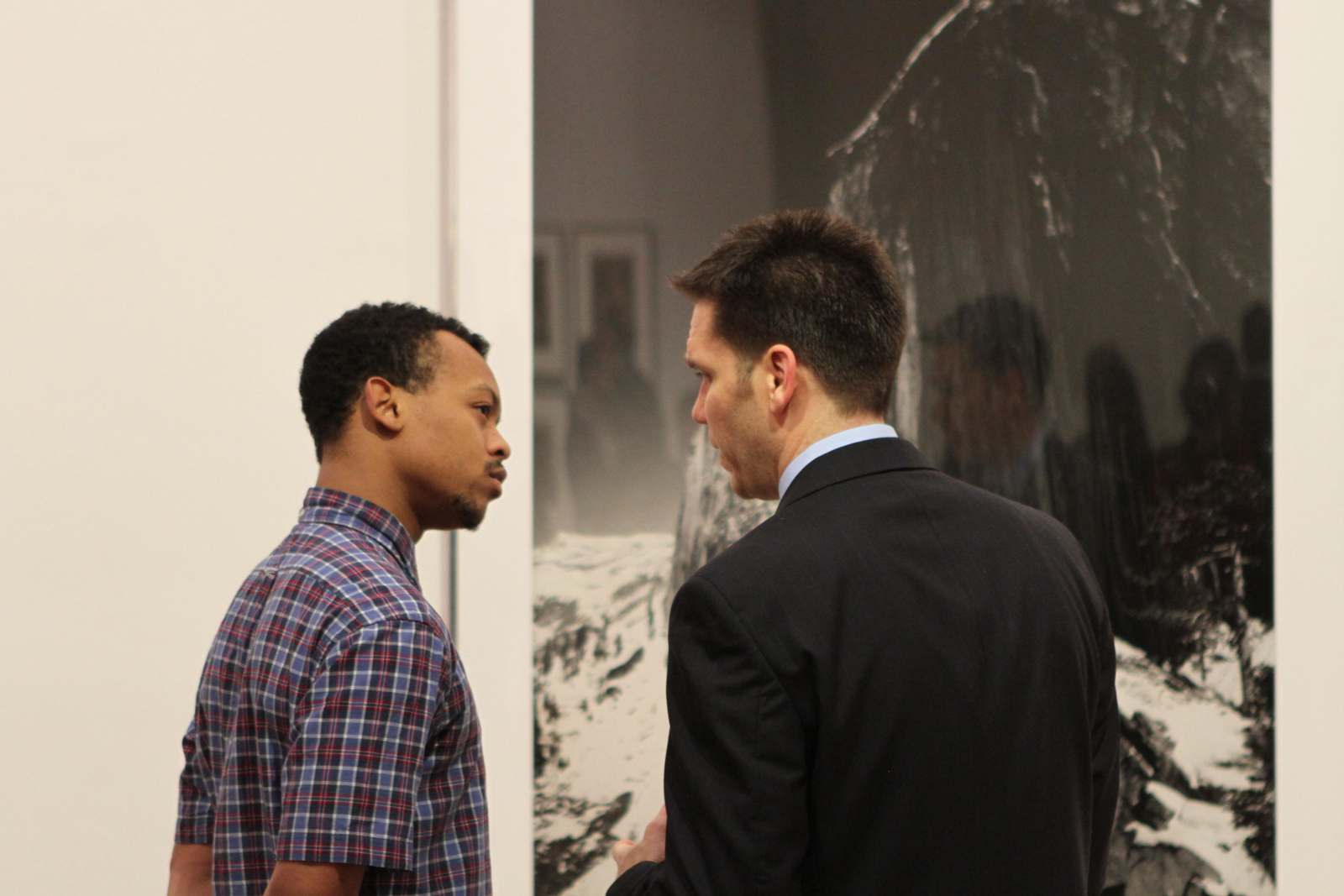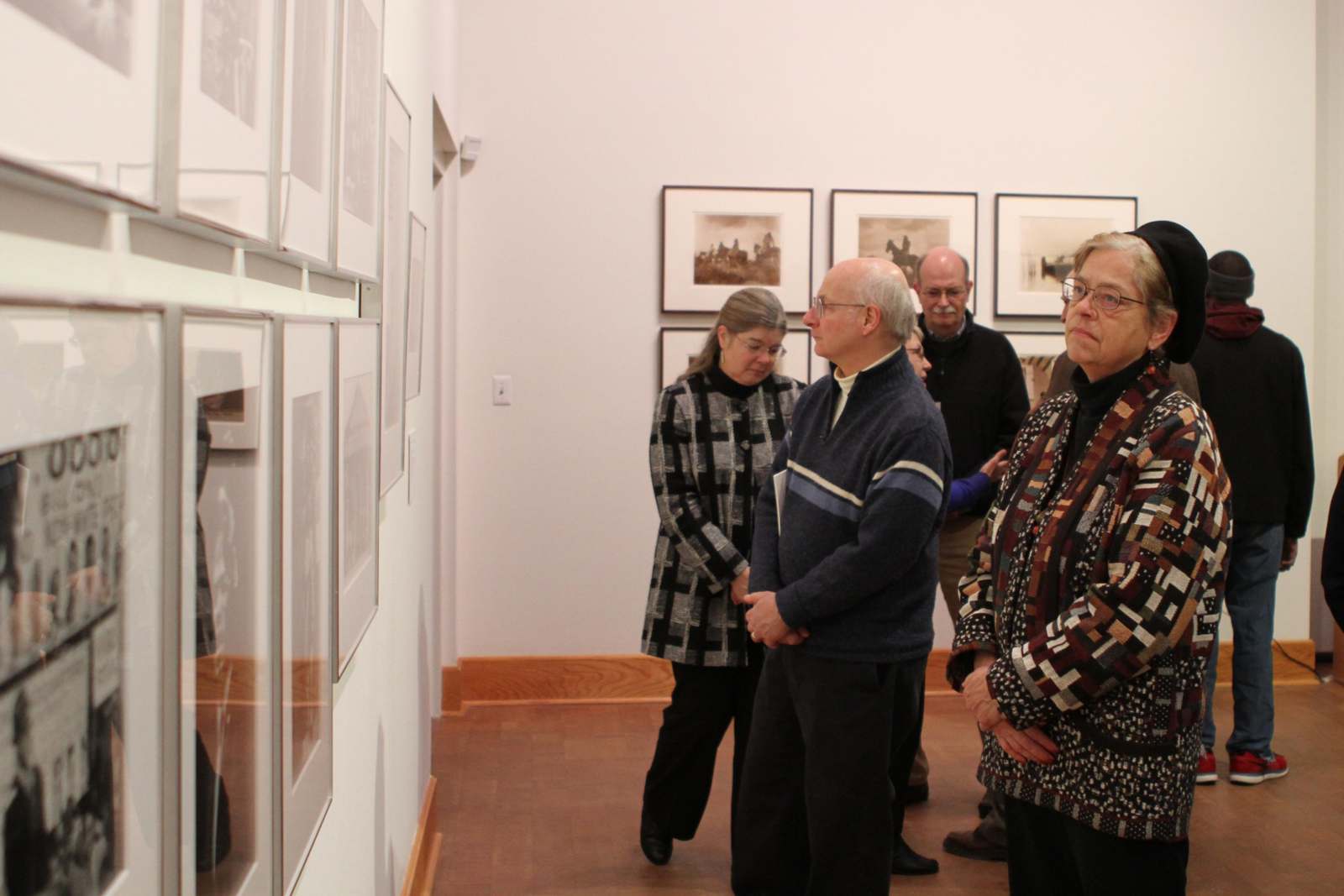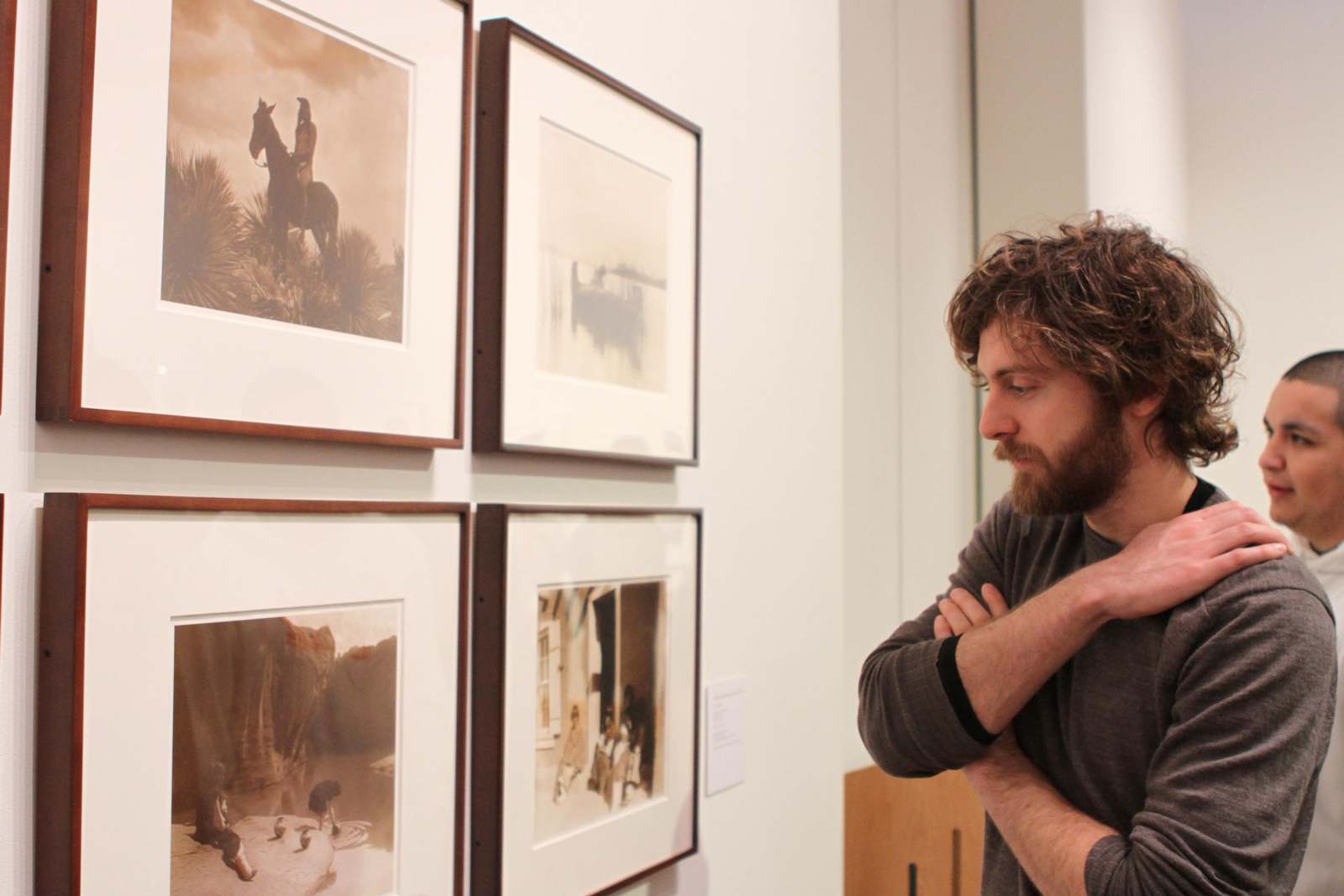Art Gallery Opening
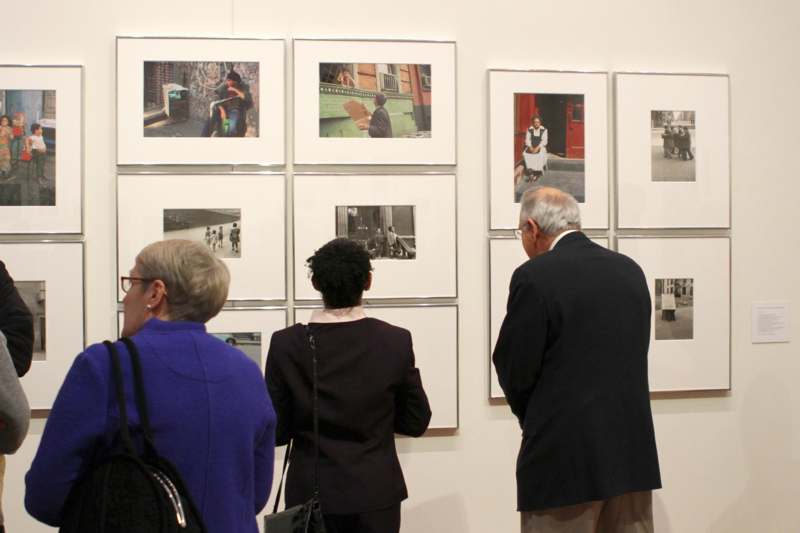
Seven distinguished American photographers’ work is on display at the Eric Dean Gallery in the Wabash College Fine Arts Center. 20th Century American Photographers in the Capital Group Foundation Collection began an eight-week run on Jan. 24, featuring the works of Ansel Adams, Edward Curtis, John Gutmann, Helen Levitt, Wright Morris, Gordon Parks, and Edward Weston. The photographers featured are recognized with creating some of the most iconic photographic images of the last century.
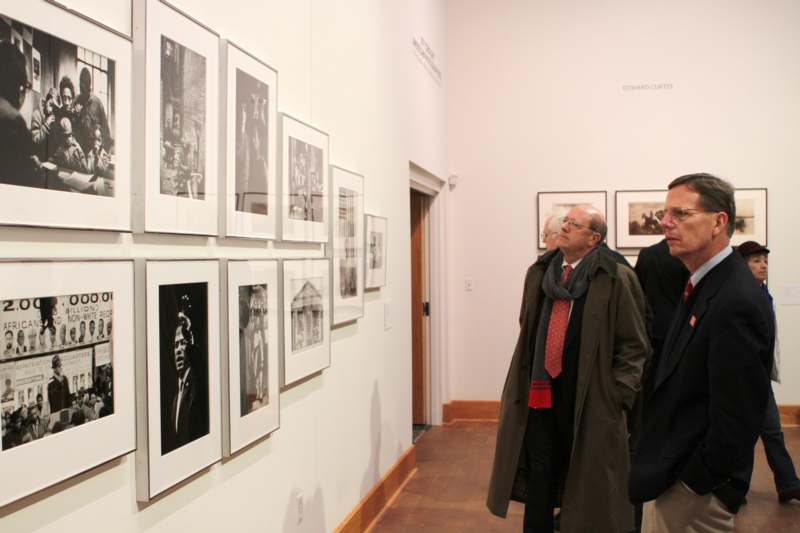
‘This work have never before been exhibited together in one place,’ said Bryan Lewis, chair of the Capital Group Foundation. ‘Kevin encouraged us to think about showing these artists together, and this idea was the catalyst for the exhibit on display. It is because of his generosity that we are able to send these photographs to Crawfordsville.’
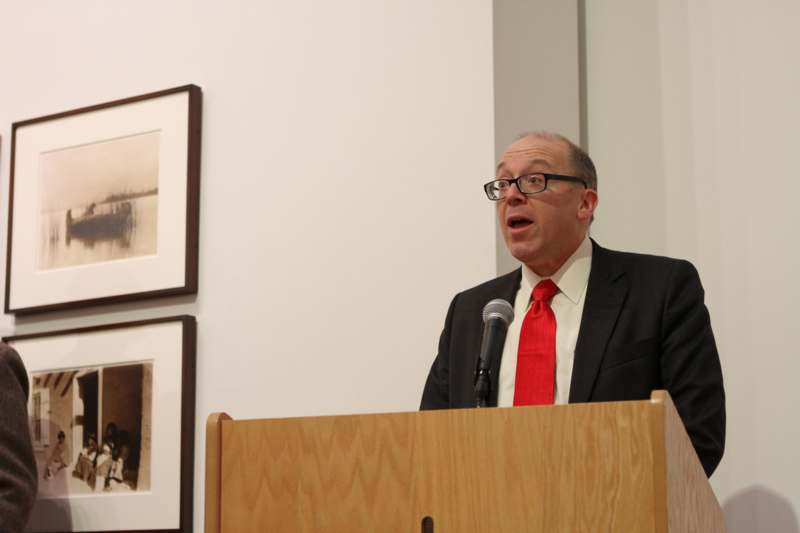
‘My father introduced me to the photographers who inspired him, and I remember loving the work of Ansel Adams from a very early age,’ said President Gregory Hess during his opening remarks. ‘When we were kids we visited Yosemite National Park, and when I gazed out at the stunning vistas, I tried to see sites like Half Dome the way Ansel Adams did when he captured it in his ‘Monolith’ photograph, which headlines this exhibit.’
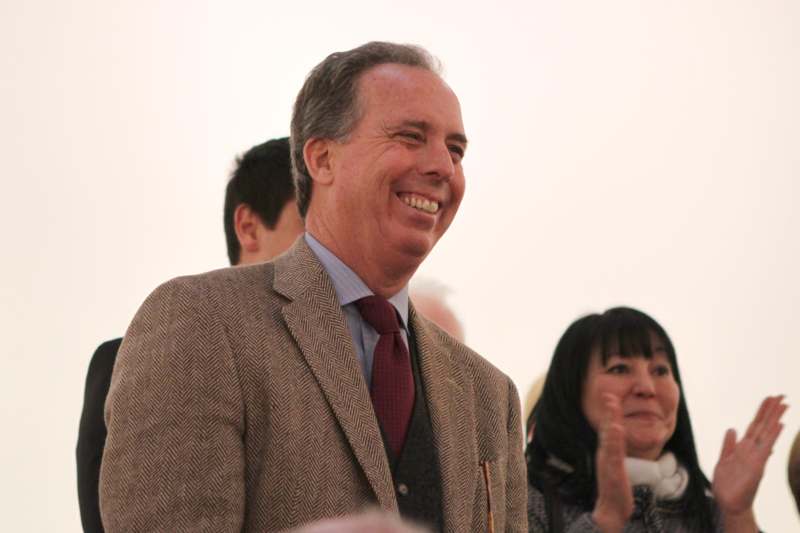
Hess took the opportunity to thank Kevin Clifford ’77 for making the work available for the Wabash and Crawfordsville community, ‘Kevin made this extraordinary exhibition possible and we are indebted to him for allowing us to share the Capital Group Foundation’s stunning collection of 20th Century American Photographers. Never before has the Capital Group shared such an expansive collection of photographs — 91 in total from seven different artists. Kevin, on behalf of a grateful Wabash College community, I thank you.’
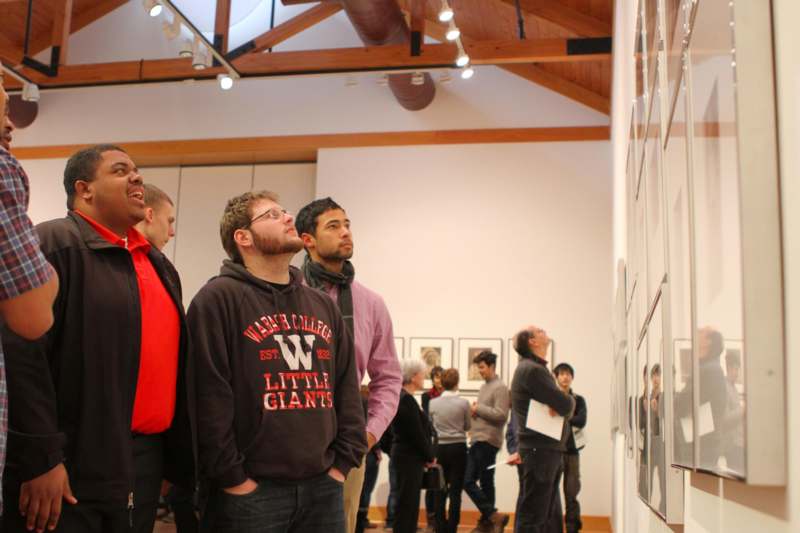
‘At Wabash College, we call our students to think critically, act responsibly, lead effectively, and live humanely. The photographers whose work proudly hangs in our galleries this evening use all of these abilities in the creation of their art. These artists and their work provide our students an immersion in the liberal arts, which we hope will not only change the way they see the world, but the ways in which they act in this world,’ said President Gregory Hess.
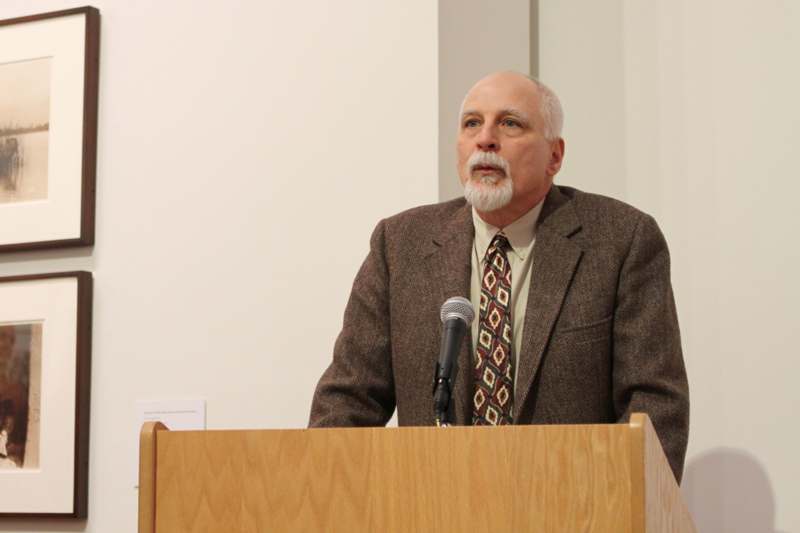
Professor Doug Calisch, Art Department Chair also welcomed the crowd in the packed gallery and commented on the momentous occasion it is for the College to have this exhibition in place, ‘Standing here in this room is a-once-in-a-lifetime opportunity. To be surrounded by the work of 7 (and it could be argued THE 7) significant American Photographers of the 20th Century is truly a remarkable occasion. Our entire community, and particularly American History, English, Philosophy, the Malcolm X institute, EQ, Rhetoric, Art, Physics, Chemistry, and Psychology will have the opportunity to contemplate the value, purpose, meaning, and techniques associated with these iconographic photographs. A show like this helps us consider the powerful role of the photographic image in the 20th century-as art, as literature, and as commentary.’
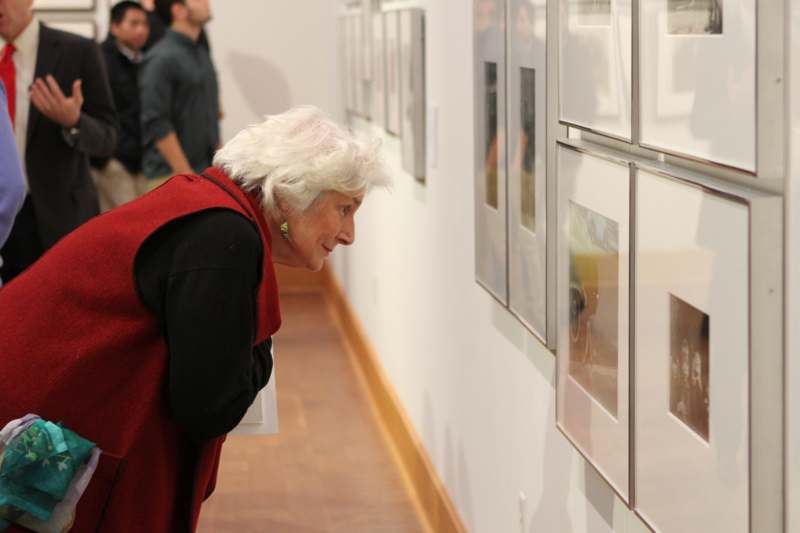
Art Professor Doug Calisch concluded the opening remarks inviting the crowd to visit and revisit the gallery exploring the art from many angles. ‘Do we understand these photographs in a different way because they were created in a world before photoshop? Do these images tickle at some kind of objective reality or do we see these images as visual poetry. Did Ansel Adams record natural beauty or help define what we think of as beautiful? Were Gordon Parks’ photographs simply portrayals of Black America or did these powerful images become agents for progress and social change? And, did Helen Levitt innocently happen upon these urban street scenes or do her photographs illuminate the patterns and tendencies of our human condition? Over the next several weeks our community will have a rare opportunity to observe and question the power and influences of these images.’

